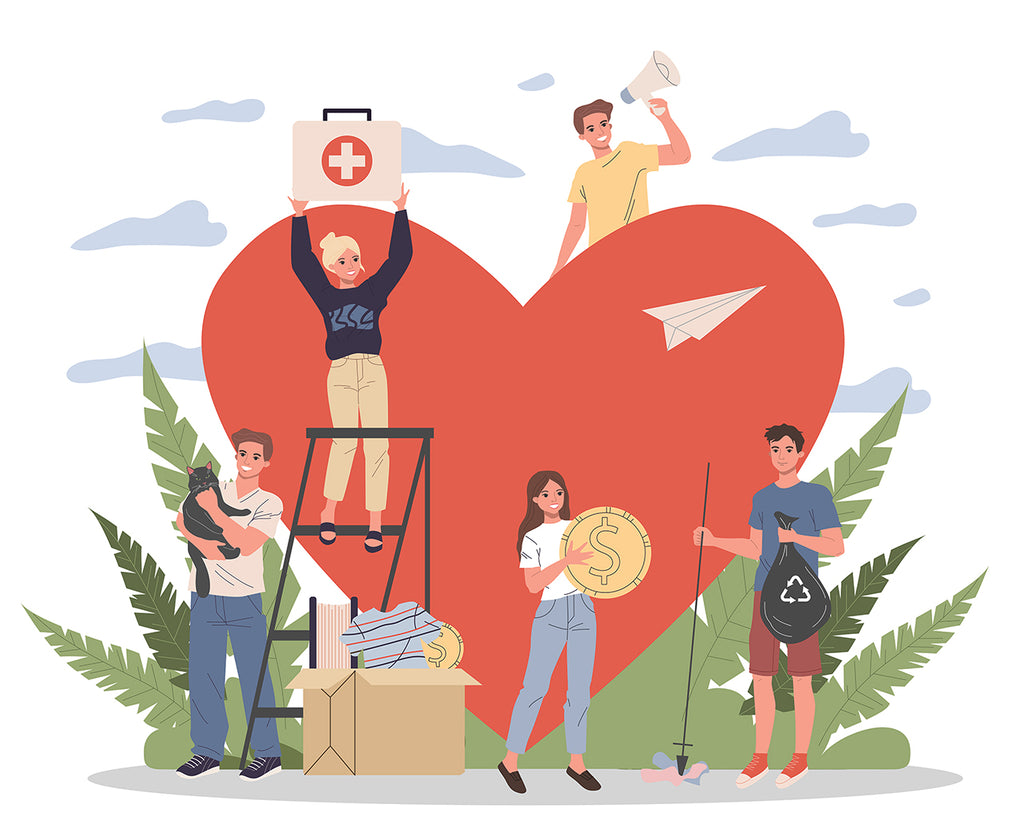SIlver dance program

Kick up your heels with our traveling Silver dance Program. We visit various host facilities and organize unforgettable dance parties. The SDP is curated for older adults of all skill levels. Time and time again, movement and dance have been cited as invaluable for long term health.

The many benefits of dancing
Dancing is great exercise for the muscles and the heart, and it also involves a heavy cognitive demand. Seniors who dance regularly must memorize movements and routines and react in the moment, particularly if they dance with partners. Activities such as running, cycling, or swimming are more linear, meaning participants don’t need to think about the next movement – they just do it.

Dance, like any form of exercise, benefits seniors in many ways. Regular physical, mental, and social stimulation is the gold standard recommendation for reducing the risk of dementia. Because it involves all three, dancing can be seen as a “triple-threat” option for older adults who want to protect their brains. However, research shows that only 1/3rd in the U.S. get the recommended amount of exercise, which is 30 minutes a day, at least five days a week. By finding activities they enjoy, seniors can experience more of the heart- and brain-healthy benefits of exercise.
Exercise increases the level of brain-derived neurotrophic factor (BDNF) – a key protein that acts like fertilizer for brain cells by promoting the growth and maintenance of neurons. Similar to one of the many ways exercise benefits the heart; exercise increases the flow of oxygen to the brain and improves brain function. Additionally, exercise is essential in controlling high blood pressure and high cholesterol, as well as helping seniors achieve and maintain a healthy weight – all factors that contribute to the onset of dementia. Exercise, combined with proper medication management and a healthy diet, can help reduce the risk of dementia.

This topic has been on aging experts’ radars for some time. A 2003 study compared forms of exercise and cognitive activities, including dance, to determine whether any reduced the risk of dementia. The data suggest that dancing, reading, playing board games, and playing musical instruments showed a significant reduction in dementia risk over a 20-year period.

Part of what makes dancing unique from other forms of exercise is the addition of music. Musical rhythms stimulate certain areas of the brain often known as our “rewards centers.” These regions are associated with the chemical dopamine, which affects happiness and well-being as well as movement and thinking. Dancing also stimulates the motor and sensory circuits in the brain. These benefits combined offer older adults a unique brain activation they might not get from the gym.
Additionally, dance improves muscle tone; coordination, strength, and balance which can help reduce the risk of falls and the resulting head traumas, broken bones, and other injuries that can make it difficult for seniors to maintain an active and independent lifestyle.

Support our Cause!
Add fuel to the fire! Together we can bring the joy of dance to kids of all ages! - not to mention some adults :) -
Enter Amount
Subscribe to our emails
Join our email list for exclusive offers and the latest news.
- Choosing a selection results in a full page refresh.
- Opens in a new window.
